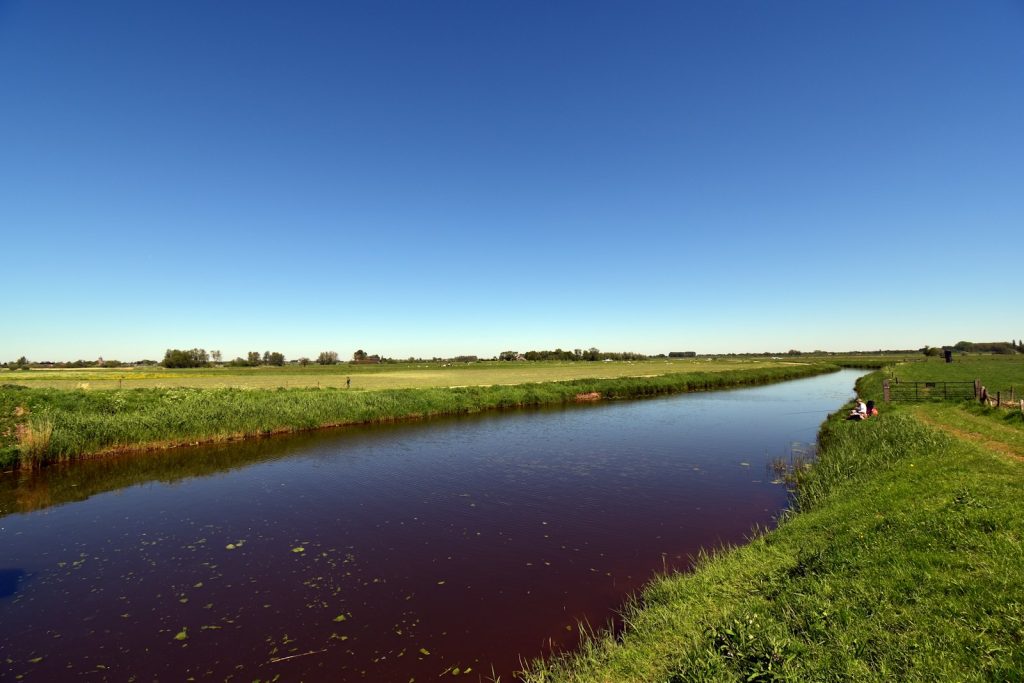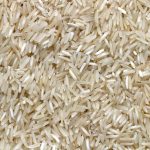In a heartwarming tale from Nakhon Ratchasima, local villagers have creatively utilized canal fishing to boost their incomes. The new initiative has brought together the community in a unique way, providing not only financial benefits but also fostering a sense of unity and shared purpose among the residents.
The Initiative
This remarkable story began when the villagers identified an opportunity in their local canal. Recognizing the potential for fishing, they decided to harness this resource to support their livelihoods. The canal, once simply a part of their everyday environment, has now become a vital asset for the community.
Community Efforts
The initiative saw extensive community involvement. Men, women, and children all participate in the fishing activities, making it a true communal effort. Together, they have developed effective fishing techniques that maximize their catch while ensuring sustainability.
Moreover, the villagers have organized themselves into groups, with each group having specific roles and responsibilities. Some focus on fishing, while others specialize in cleaning, packaging, and selling the fish. This organized approach has significantly improved their productivity and efficiency.
Economic Benefits
The economic impact of canal fishing has been substantial. Many families, who previously struggled to make ends meet, are now able to enjoy a more stable and improved financial situation. The income generated from selling the fish provides them with the means to cover essential expenses such as food, education, and healthcare.
Additionally, the villagers have discovered that certain species of fish from the canal are in high demand in nearby markets. This has opened up new opportunities for trade and commerce, further enhancing their income streams. The profits from these activities have led to an overall upliftment of the village economy.
Sustainability Practices
Sustainability is at the core of this initiative. The villagers are keenly aware of the need to preserve their natural resources for future generations. To this end, they have implemented several measures to ensure that their fishing practices do not harm the environment.
For instance, there are established guidelines on the size and quantity of fish that can be caught, preventing overfishing. Regular monitoring of fish populations helps the community stay informed about the health of their aquatic ecosystem. Additionally, educational programs are conducted to raise awareness about environmentally friendly fishing methods.
Environmental Initiatives
Beyond fishing, the villagers have also taken steps to protect the canal itself. Clean-up drives are organized regularly to keep the water free of debris and pollutants. Trees and plants are being planted along the banks to prevent erosion and maintain the natural habitat.
Future Prospects
Looking ahead, the villagers are optimistic about the future of their canal fishing initiative. There are plans to expand their operations, possibly incorporating aquaculture techniques to increase fish production sustainably. Training programs and workshops are being considered to further educate the community on advanced fishing methods and business skills.
The success of this project has also drawn attention from neighboring villages, who are interested in replicating the model in their own communities. This could potentially lead to a wider regional transformation, driven by sustainable and community-centered economic activities.
The villagers of Nakhon Ratchasima have demonstrated that with creativity, collaboration, and a commitment to sustainability, it is possible to turn local resources into viable sources of income. Their canal fishing initiative stands as a testament to the power of community-driven efforts in achieving economic and environmental balance. As they continue to innovate and grow, their story will undoubtedly inspire many others to pursue similar paths.







